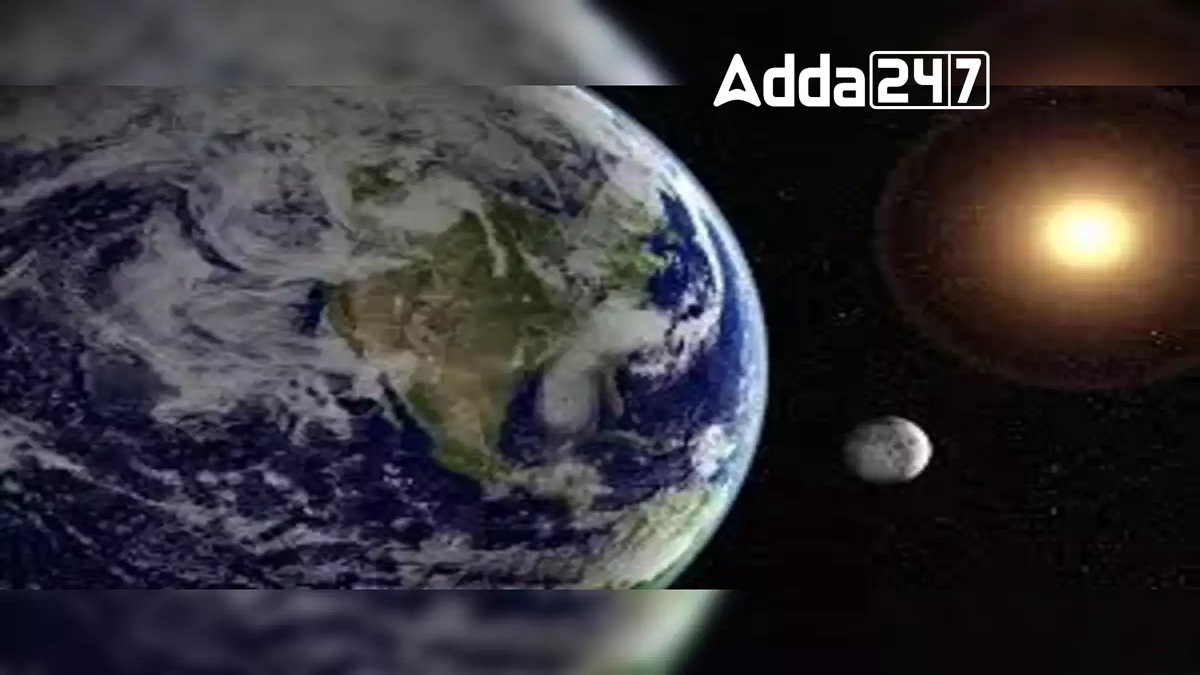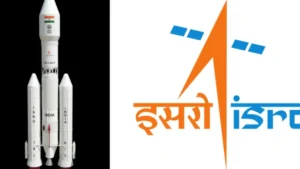Earth is set to welcome a temporary “mini-moon” in the form of a small asteroid named 2024 PT5, which will orbit our planet from September 29 to November 25, 2024. Discovered by NASA’s Asteroid Terrestrial-Impact Last Alert System (Atlas) on August 7, 2024, this asteroid measures approximately 33 feet wide and originates from the Arjuna asteroid belt, a region filled with various space rocks. While it cannot be observed with the naked eye or typical telescopes, professional astronomers will be able to capture images of this tiny object moving rapidly across the night sky.
Visibility and Observation
The asteroid will not be visible to the naked eye, nor can it be easily seen through binoculars or home telescopes due to its small size and dull rock composition. According to Dr. Jennifer Millard, an astronomer and host of the Awesome Astronomy podcast, professional telescopes will be necessary to detect it. Enthusiasts can expect to see numerous images online as it moves past stars.
Orbit Details
2024 PT5 will follow a horseshoe-shaped orbit around Earth, temporarily influenced by our planet’s gravity. It won’t complete a full revolution but will instead be slightly altered in its trajectory. The asteroid will pass at a distance of approximately 2.8 million miles (4.5 million kilometers) from Earth, traveling at a speed of around 22,000 mph (35,540 km/h). After its brief encounter, it is expected to return to heliocentric orbit, circling the sun like other celestial bodies.
Future Encounters
Asteroids like 2024 PT5 are not uncommon; similar mini-moons have been observed in the past. For instance, the asteroid 2022 NX1 has orbited Earth multiple times, with its next expected return in 2055. After 2024 PT5 exits Earth’s orbit, it will remain in proximity until its closest approach on January 9, 2025. Researchers believe it will again return to Earth’s orbit in approximately 30 years.
Importance of Observation
This event underscores the dynamic nature of our solar system and the vast number of undiscovered objects in space. Dr. Millard emphasizes the need for continuous monitoring of the night sky to identify and study these celestial bodies, as 2024 PT5 was only discovered this year.




 Hyderabad Start-ups Build Mini Satellite...
Hyderabad Start-ups Build Mini Satellite...
 Gaganyaan and Artemis-II: Landmark Human...
Gaganyaan and Artemis-II: Landmark Human...
 Rewind 2025: ISRO's Missions, Milestones...
Rewind 2025: ISRO's Missions, Milestones...







